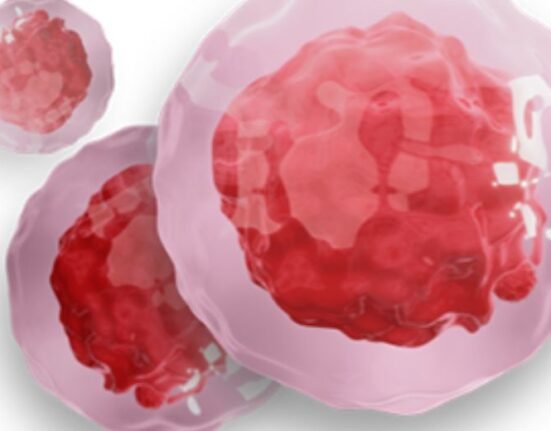HQ Team
November 10, 2022: Global vaccine distribution has been inequitable, and vaccines that have been prioritised by the WHO does not see the light of the day, due to their limited profit potential.
A WHO report stated that about 16 billion vaccine doses, worth $141 billion, were supplied in 2021, almost three times the 2019 market volume of 5.8 billion.
It is also nearly three-and-a-half times the 2019 market value of $38 billion.
The manufacturing capacity worldwide has increased and remains highly concentrated, according to the Global Vaccine Market report, the first report on the global vaccine market since the outbreak of Covid-19.
Ten manufacturers alone provide 70% of vaccine doses, excluding COVID-19. Most of the top 20 widely used vaccines, such as PCV, HPV, measles and rubella-containing vaccines, currently rely mainly on two suppliers.
Concentrated base
A concentrated manufacturing base leads to the risk of shortages and regional supply insecurity.
In 2021, the African and Eastern Mediterranean regions were dependent on manufacturers headquartered elsewhere for 90% of their procured vaccines.
Entrenched intellectual property monopolies and limited technology transfer further limit the ability to build and use local manufacturing capacity.
Poor vs rich
Emerging nations have struggled to access critical vaccines — such as against COVID-19 in 2021 and cervical cancer vaccine — that are in demand in tech countries. Some regions depend almost entirely on others for supply.
The price of vaccines or affordability is also an obstacle to vaccine access. While prices tend to be tiered by income, price disparities see middle-income countries paying as much, even more, than wealthier ones for several vaccine products.
“The right to health includes the right to vaccines,” said Dr Tedros Adhanom Ghebreyesus, WHO Director-General. “And yet this new report shows that free-market dynamics are depriving some of the world’s poorest and most vulnerable people of that right.
WHO calls for much-needed changes to the global vaccine market to save lives, prevent disease and prepare for future crises.”
Inequitable distribution was not unique to COVID-19 vaccines, with poorer countries consistently struggling to access vaccines that are in demand by wealthier nations.
Limited supply
Limited vaccine supply and unequal distribution are driving global disparities, according to the WHO.
The human papillomavirus (HPV) vaccine against cervical cancer has only been introduced in 41% of low-income countries, even though they represent much of the disease burden, compared to 83% of high-income countries.
The health of markets is also concerned with several of the vaccines commonly needed for emergencies, such as against cholera, typhoid and monkeypox.
The industry must focus on research efforts on WHO priority pathogens, ensure transparency, facilitate technology transfer, and commit to specific equity-driven allocation measures.








